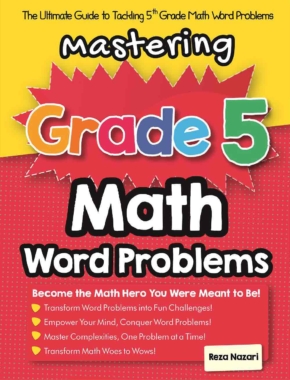How to Write Linear Functions Word Problems
Linear functions are foundational concepts in algebra, pivotal in various aspects of mathematics and everyday life. They can be employed to describe relationships and changes over time, and solving word problems involving these functions equips us with critical thinking and problem-solving skills. We present a comprehensive step-by-step guide on how to write linear functions word problems.
[include_netrun_products_block from-products="product/6-virginia-sol-grade-3-math-practice-tests/" product-list-class="bundle-products float-left" product-item-class="float-left" product-item-image-container-class="p-0 float-left" product-item-image-container-size="col-2" product-item-image-container-custom-style="" product-item-container-size="" product-item-add-to-cart-class="btn-accent btn-purchase-ajax" product-item-button-custom-url="{url}/?ajax-add-to-cart={id}" product-item-button-custom-url-if-not-salable="{productUrl} product-item-container-class="" product-item-element-order="image,title,purchase,price" product-item-title-size="" product-item-title-wrapper-size="col-10" product-item-title-tag="h3" product-item-title-class="mt-0" product-item-title-wrapper-class="float-left pr-0" product-item-price-size="" product-item-purchase-size="" product-item-purchase-wrapper-size="" product-item-price-wrapper-class="pr-0 float-left" product-item-price-wrapper-size="col-10" product-item-read-more-text="" product-item-add-to-cart-text="" product-item-add-to-cart-custom-attribute="title='Purchase this book with single click'" product-item-thumbnail-size="290-380" show-details="false" show-excerpt="false" paginate="false" lazy-load="true"]

A Step-by-step Guide to Writing Linear Functions Word Problems
Before we delve into the intricacies of creating word problems, it is essential to have a firm grasp of what linear functions are. A linear function is a polynomial function of the highest degree, having a graph that appears as a straight line. Its standard form is given by (\(y=mx+b\)), where (\(m\)) is the slope and (\(b\)) is the \(y\)-intercept.
Now that we’ve laid the groundwork, let’s discuss how to craft linear functions word problems.
Step 1: Identify the Problem Context
First, determine the scenario you want your problem to depict. This could be anything from calculating profits in a business, predicting population growth, determining speed or distance in transportation, or even mapping changes in temperature. The choice of context will shape the problem’s complexity and solution.
Step 2: Define Variables
Next, define your variables. In a linear function, the variables are often time (\(x\)) and the quantity you want to measure or predict (\(y\)). Be clear about what each variable represents.
Step 3: Determine the Slope (m) and Y-intercept (b)
These two parameters are crucial in shaping your word problem. The slope represents the rate of change, while the \(y\)-intercept gives the starting point or initial condition.
Step 4: Craft the Word Problem
Now, weave all these elements together into a narrative. Here’s an example:
Sarah has recently started a handmade soap business. She produces \(20\) soaps every week and sells each for \($5\). She notices that for every additional week, she is in business, she gains enough clientele to sell \(5\) more soaps. How many soaps will Sarah sell in the \(10th\) week of her business?
Step 5: Formulate the Linear Function
Finally, translate the problem into a linear function. Using the example above, we’d start with defining our variables: Let \(x\) represent the week, and \(y\) the number of soaps sold. Our slope (\(m\)) is the weekly increment of \(5\) soaps, and our \(y\)-intercept (\(b\)) is the initial number of \(20\) soaps. Thus, our linear function becomes \(y = 5x + 20\).
Related to This Article
More math articles
- FREE 8th Grade MEAP Math Practice Test
- How to Find the Integral of Radicals
- Using Number Lines to Subtract Integers
- How to Calculate the Area, Perimeter, and Radius of Quarter Circles
- 5th Grade PARCC Math Worksheets: FREE & Printable
- How to Write Two-variable Inequalities Word Problems?
- Vector-Valued Functions: Fundamentals and Applications
- Decoding the Dynamics: How to Understanding Input/Output Tables
- 7th Grade IAR Math Practice Test Questions
- The Rules of Integral: Complex Subject Made Easy



















What people say about "How to Write Linear Functions Word Problems - Effortless Math: We Help Students Learn to LOVE Mathematics"?
No one replied yet.